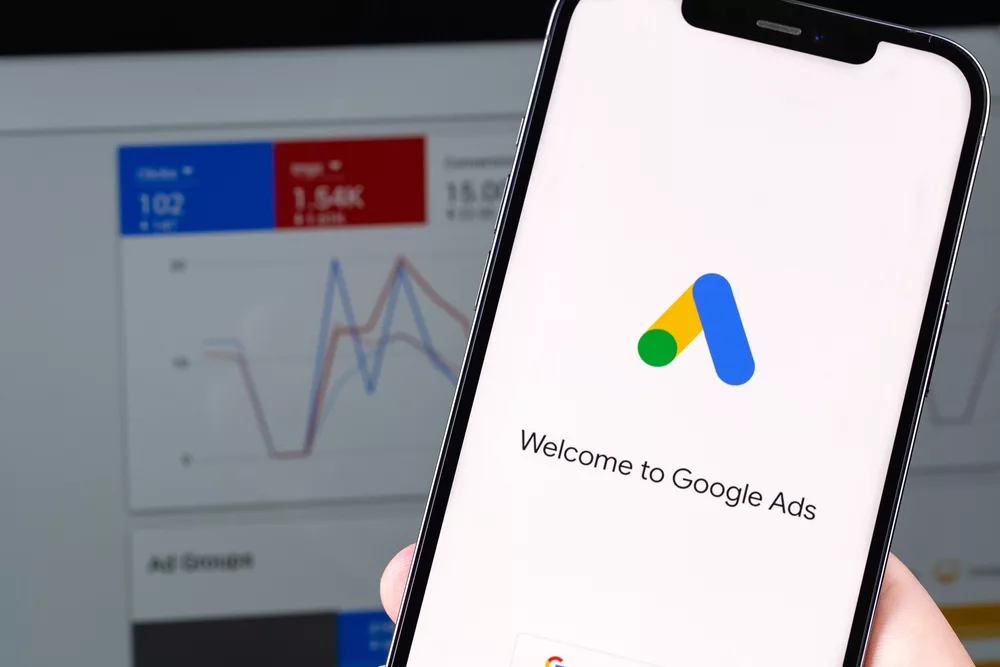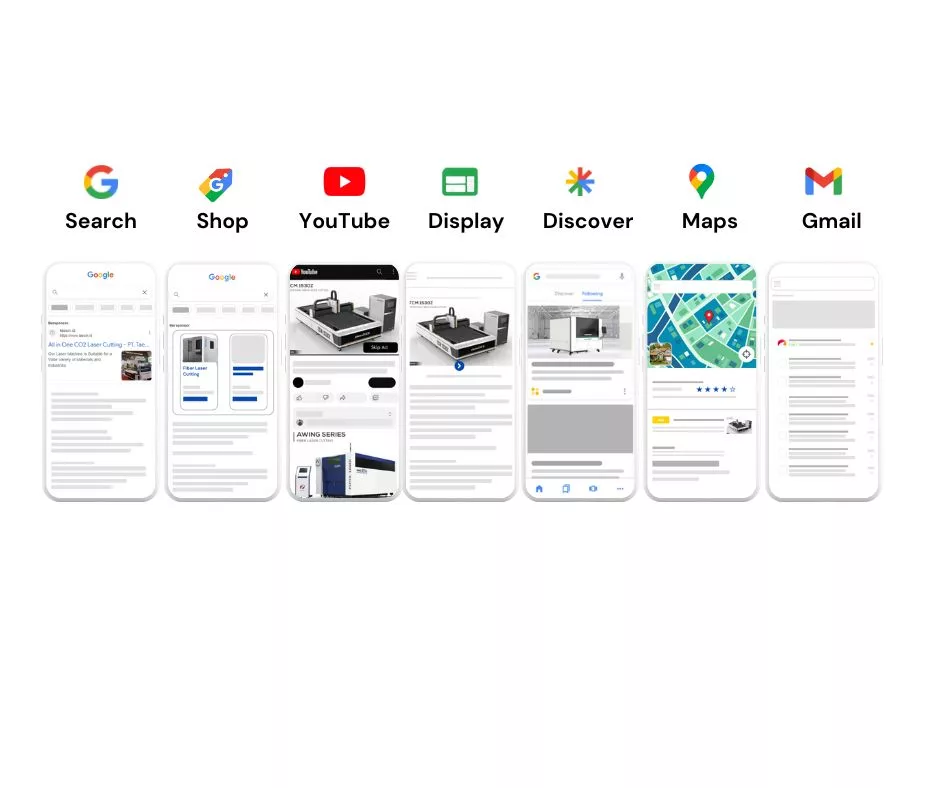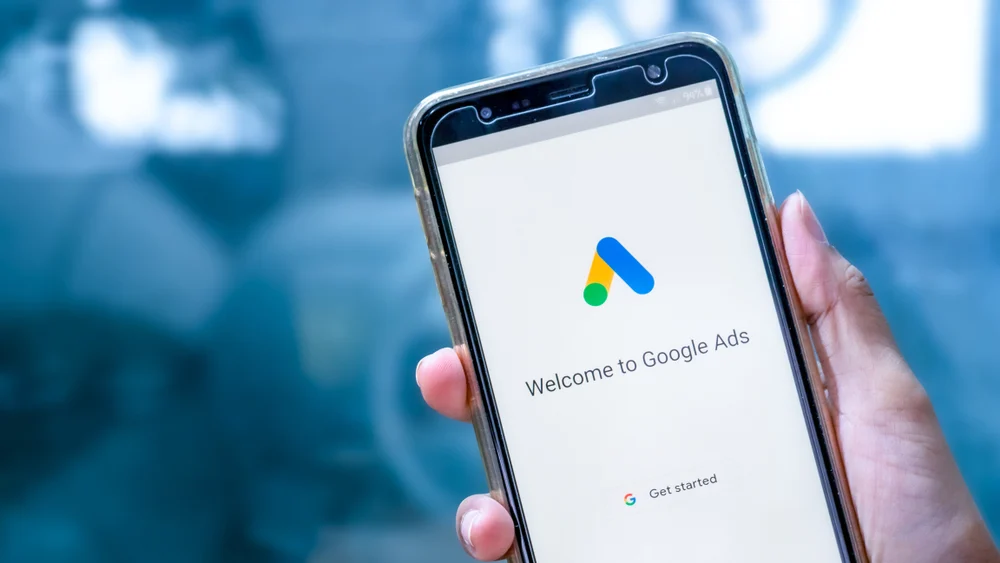
The world of digital advertising has rapidly evolved over the years. With increasing competition, businesses are constantly looking for strategies to outperform their competitors and achieve higher returns on their marketing investments. Central to this evolution is the suite of tools and technologies provided by Google Ads.
Google Ads is the top online advertising platform. It keeps coming up with new ways to help advertisers reach their target audiences better and faster. In this article, we’ll dive into Google’s AI-enhanced approach to search ads, uncovering the latest features and how they’ve shaped the advertising landscape.
Google Ads Evolution
Google Ads has undergone significant transformation. What started as a basic pay-per-click platform has burgeoned into a multifaceted advertising ecosystem. Over the years, Google has integrated sophisticated machine learning and artificial intelligence tools, enabling advertisers to reach potential customers with remarkable precision. By constantly evolving, Google Ads has ensured that businesses, regardless of their size, have tools at their disposal to connect with audiences at the right time and in the right context.
In the expansive realm of digital innovation, two domains where Google truly shines are artificial intelligence and digital advertising. Their expertise in AI is evident in their breakthroughs with neural networks and complex algorithms. These advances, including the development of software platforms for deep learning and the introduction of transformers, have been foundational in enhancing language models.
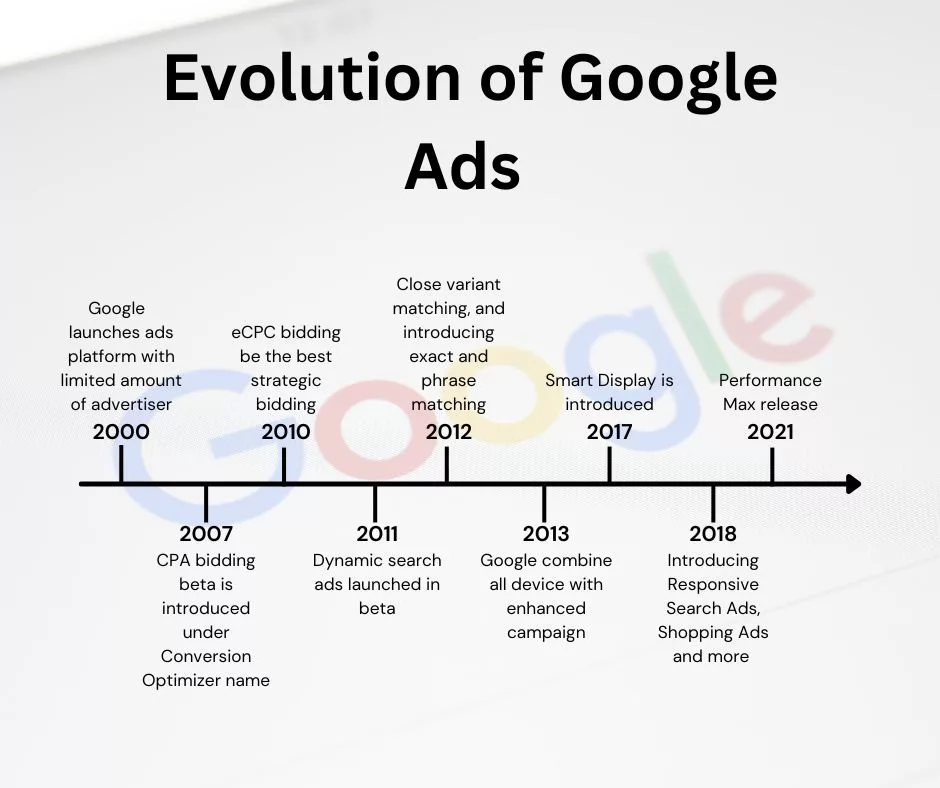
Parallel to its AI journey, Google Ads has set the gold standard in online advertising. By harnessing their AI innovations, they’ve redefined ad targeting and optimization. From responsive search ads that adjust content in real-time to automated bidding powered by machine learning, the interplay between Google’s AI expertise and its advertising platform offers unparalleled opportunities for businesses. As the tech world watches, the anticipation for Google’s next combined innovation in AI and advertising remains high.
Broad Match
One of the foundational keyword match types in Google Ads is the Broad Match. It allows advertisers to reach the widest possible audience by displaying their ad whenever someone searches for any word within the chosen keyword phrase, in any order. While this approach can drive substantial traffic, it may not always be the most targeted. With the infusion of AI, Google has refined the Broad Match functionality to better understand user intent. This means that even if someone doesn’t type the exact keyword, Google’s advanced algorithms can analyze the context and show the most relevant ads, ensuring that businesses connect with genuinely interested users.
Responsive Search Ads
Responsive Search Ads (RSAs) are a newer format introduced by Google to further harness the power of AI in ad delivery. Unlike traditional ad formats where advertisers write fixed headlines and descriptions, RSAs allow them to provide multiple headlines and descriptions. Google’s AI then automatically tests different combinations and learns which ad content performs best for different search queries. The end result? A dynamic ad that can adapt to what potential customers are looking for, leading to higher engagement and conversion rates.
Fully Automated Bidding
Fully automated bidding takes the guesswork out of setting bids for search ads. Instead of manually adjusting bids based on intuition or past performance, advertisers can leverage Google’s AI algorithms. These algorithms analyze a plethora of data points in real-time, adjusting bids to maximize results, whether that’s conversions, clicks, or impressions. By relinquishing some control to Google’s machine learning, businesses can achieve optimal results without constantly micromanaging their campaigns.
Google Ads Simplified Campaigns Through Advanced AI
The digital advertising landscape, characterized by its complexity and dynamism, has seen a profound transformation with the introduction of AI technologies. At the forefront of this revolution is Google Ads, which, with the help of cutting-edge machine learning, has made campaign management more intuitive and results-driven. Here’s a closer look at how Google Ads has harnessed advanced AI for an enhanced user experience:
MUM (Multitask Unified Model)

Google’s Multitask Unified Model, better known as MUM, is a powerhouse that integrates augmented reality (AR) with machine learning. Within the Google Ads ecosystem, MUM offers advertisers the ability to visualize ad performances in real-time through AR interfaces, while its machine learning capabilities ensure that ads are targeted more accurately across various languages and modalities. This not only enhances the richness of ad analytics but also streamlines campaign optimization, making it easier for advertisers to achieve their goals.
LLMs (Large Language Models)
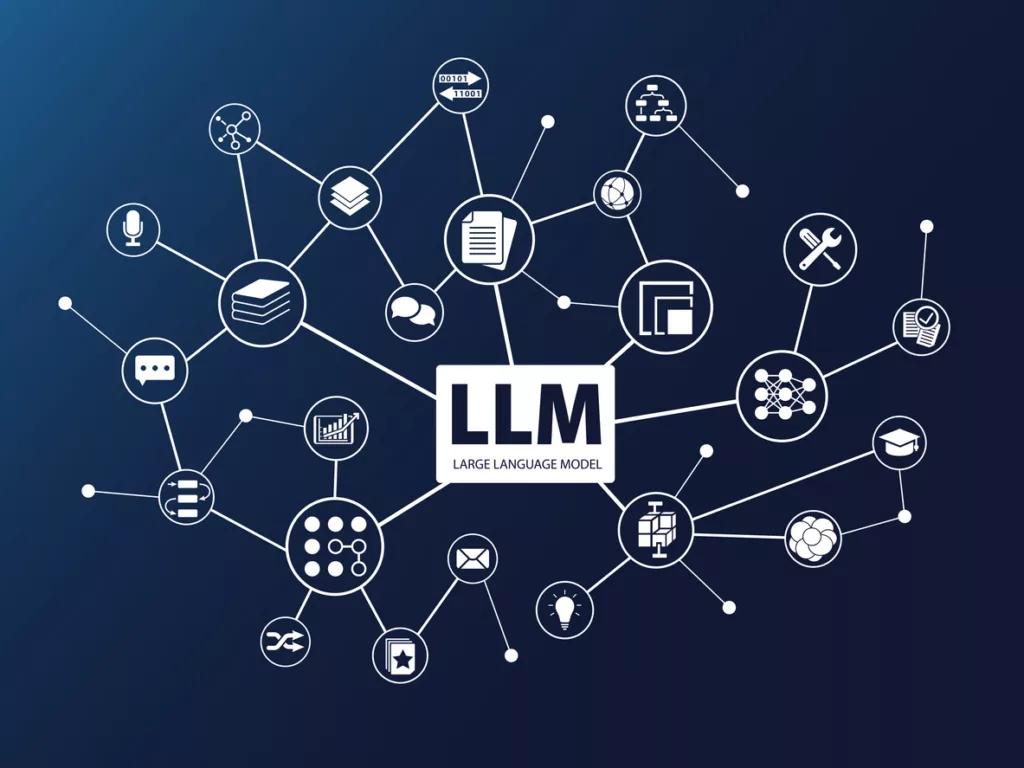
Large Language Models (LLMs) have been instrumental in refining ad copy and ensuring that ad content is both compelling and relevant to target audiences. By integrating LLMs into Google Ads, the platform can provide advertisers with smart suggestions for ad text, helping craft messages that resonate. Moreover, LLMs assist in understanding user intent, allowing Google Ads to display more contextually appropriate advertisements, ensuring better engagement and improved return on investment.
The ease of use associated with Google Ads is no accidental feat but the result of deliberate integration of groundbreaking AI technologies. By incorporating tools such as MUM and LLMs, Google has successfully transformed the once complex landscape of digital advertising into a more accessible, intuitive platform.
Benefit of Adopting AI to Google Ads Business
The world of digital advertising is an ever-evolving space. As the competition intensifies, businesses are in constant search for ways to outshine their competition. Enter the age of AI-enhanced advertising, where Google leverages the power of artificial intelligence to redefine the game. Adopting AI into Google Ads can transform a business’s advertising approach and produce some remarkable benefits.
1. Get Good Results
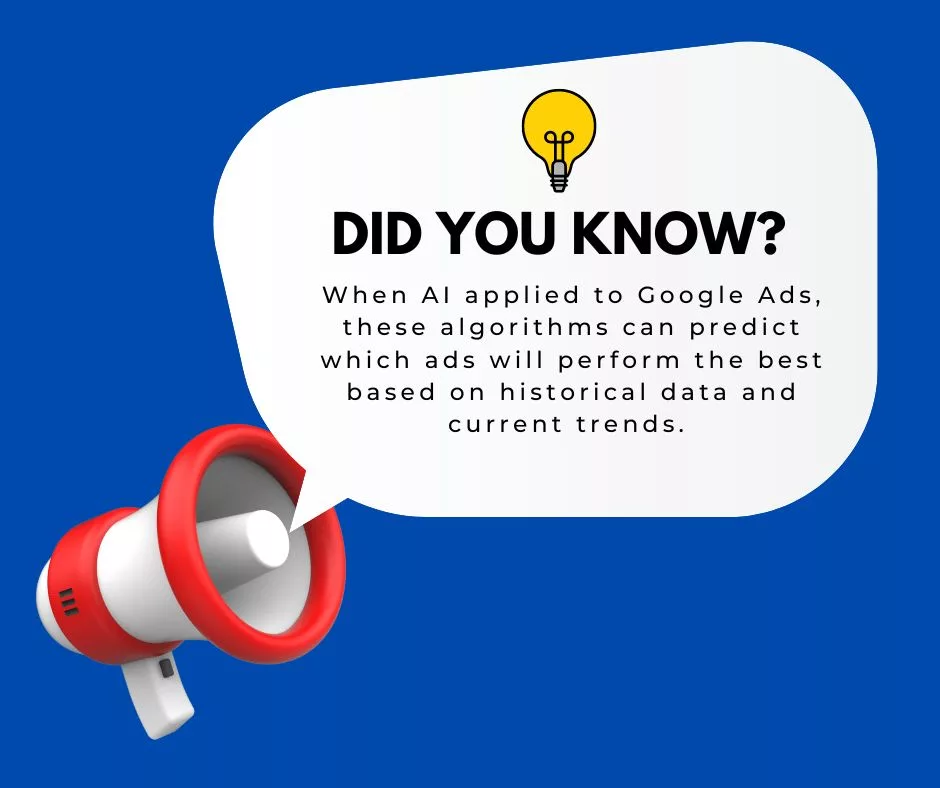
Enhanced Performance Metrics: AI algorithms continuously learn from vast amounts of data. When applied to Google Ads, these algorithms can predict which ads will perform the best based on historical data and current trends. This means more clicks, higher conversion rates, and a better return on investment.
Predictive Analysis: Google’s AI can predict future search trends, allowing advertisers to stay a step ahead of their competition. Knowing what users will be searching for in the coming weeks or months enables businesses to tailor their ads accordingly, positioning them for maximum visibility.
Optimized Bidding: Manual bid adjustments can be tedious and, at times, inefficient. AI-powered automated bidding ensures you’re always getting the most bang for your buck. It does so by analyzing countless variables in real-time and adjusting bids to maximize the potential for conversions.
2. Customize Target
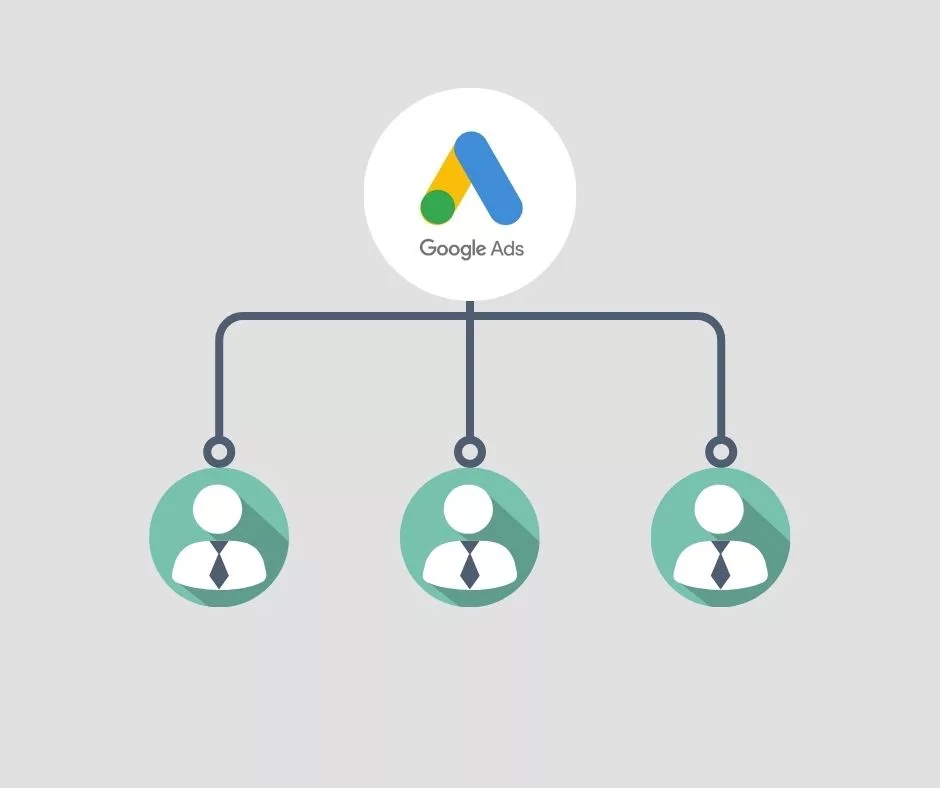
Precision Audience Targeting: AI can segment audiences based on behaviors, preferences, and search histories. Google Ads powered by AI can then serve tailored ads to these specific segments, ensuring higher relevancy and better engagement.
Dynamic Ad Creation: Based on the user’s behavior and preferences, AI can dynamically alter ad content to better resonate with the viewer. This means each user might see a slightly different, personalized version of an ad, increasing the likelihood of engagement.
Smart Recommendations: AI suggests keywords, ad formats, and even design tweaks based on real-time analysis of campaign performance. This helps businesses refine their strategies and capitalize on what’s working best.
3. Improve Your Business
Data-Driven Insights: Beyond just advertising, AI provides deep insights into customer behaviors, preferences, and patterns. These insights can be invaluable for businesses looking to refine their product offerings, pricing strategies, or overall brand positioning.

Efficiency and Time Saving: Automation of many manual processes in ad management means businesses can save time and resources. Instead of spending countless hours on ad adjustments, businesses can focus on other strategic areas, knowing that their advertising is in AI’s competent hands.
Competitive Advantage: In a world where many still rely solely on traditional methods, integrating AI into your Google advertising approach can give you a significant edge over your competition. Being able to quickly adapt, predict trends, and serve highly personalized ads sets your business apart in the crowded digital space.
In conclusion, the integration of AI into Google advertising is not just the future; it’s the present. By harnessing the power of artificial intelligence, businesses can achieve better results, offer customized targeting, and significantly improve their operations. As the digital advertising landscape continues to evolve, staying at the forefront of technology like AI is no longer just an advantage—it’s a necessity.
